a tale of 2 Meyers; help me solve this mystery!
ejperryman
11 years ago
Related Stories

GARDENING GUIDESSolve 3 Common Landscape Problems — With More Plants
Sometimes the best defense is a good offense
Full Story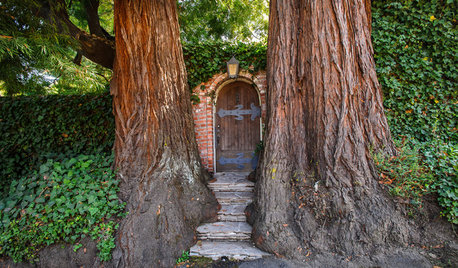
FUN HOUZZ14 Gardens Straight Out of Fairy Tales
Escape into landscapes that conjure the magical worlds of folklore and literature
Full Story
MORE ROOMSTall Tales: Ideas for Two-Story Great Rooms
Make a Great Room Grand With Windows, Balconies, Art and Dramatic Ceilings
Full Story
DECLUTTERINGDownsizing Help: Choosing What Furniture to Leave Behind
What to take, what to buy, how to make your favorite furniture fit ... get some answers from a homeowner who scaled way down
Full Story
WORKING WITH PROS3 Reasons You Might Want a Designer's Help
See how a designer can turn your decorating and remodeling visions into reality, and how to collaborate best for a positive experience
Full Story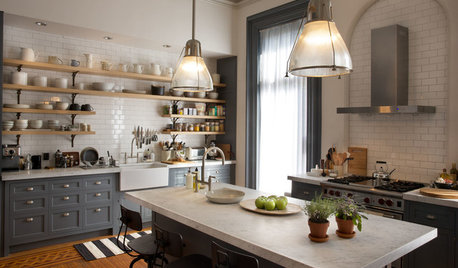
TASTEMAKERS‘The Intern’: Nancy Meyers on Bringing Movie Interiors to Life
The director of ‘Something’s Gotta Give’ and ‘It’s Complicated’ dishes on how she creates rooms for her characters
Full Story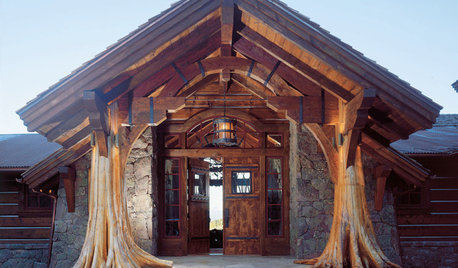
THE ART OF ARCHITECTUREOutside In: You, Me and Nature, Cozy Together
From reclaimed tree trunks to soaring coastal views, designers and homeowners are finding ways to bring the inspiring outdoors inside
Full Story
DECORATING GUIDES10 Design Tips Learned From the Worst Advice Ever
If these Houzzers’ tales don’t bolster the courage of your design convictions, nothing will
Full Story
HOUZZ TOURSMy Houzz: Curiosities Tell a Story
An interiors stylist uses her house as a 3D timeline of her tales and travels
Full Story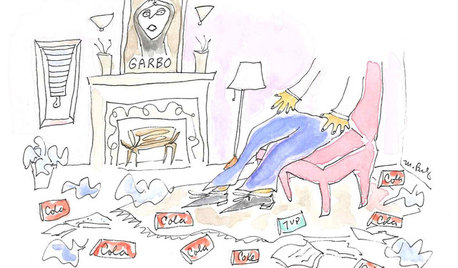
LIFEPortrait of a Terrible Housekeeper
Even in hair-raising tales and harebrained organizing schemes, there's something we can learn
Full StoryMore Discussions






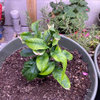
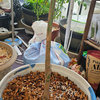
johnmerr
timsf
Related Professionals
Canton Landscape Architects & Landscape Designers · Oatfield Landscape Architects & Landscape Designers · Saint Charles Landscape Architects & Landscape Designers · Medford Landscape Contractors · Woburn Landscape Contractors · Bedford Heights Landscape Contractors · Deerfield Beach Landscape Contractors · Hawthorne Landscape Contractors · Lemay Landscape Contractors · Mason Landscape Contractors · Ronkonkoma Landscape Contractors · San Carlos Park Landscape Contractors · Chicago Ridge Landscape Contractors · Ansonia Landscape Contractors · Centerville Stone, Pavers & Concreterhizo_1 (North AL) zone 7
timsf
ejperrymanOriginal Author
meyermike_1micha
hoosierquilt USDA 10A Sunset 23 Vista CA
ejperrymanOriginal Author
bigmario
johnmerr
timsf
eahamel